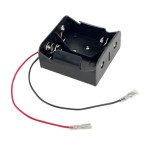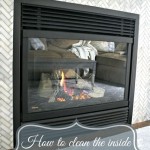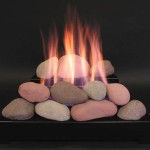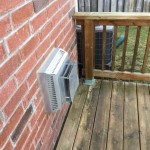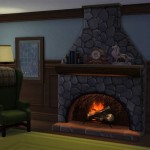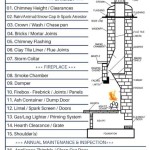How High to Mount a TV Above a Gas Fireplace: Factors and Considerations
Mounting a television above a gas fireplace presents a unique set of challenges that require careful consideration. While aesthetically pleasing, this configuration can impact viewing comfort, television longevity, and overall safety. Determining the optimal height for the television is not a universal calculation, but rather a process that depends on several variables related to the room, the fireplace, and the viewing preferences of the occupants.
Before proceeding with the installation, it is crucial to understand the potential drawbacks of placing a television above a heat source. Heat rises, and prolonged exposure to elevated temperatures can negatively affect the sensitive electronic components within the television. Excessive heat can lead to premature failure, distorted images, or reduced lifespan. Addressing these concerns proactively through careful planning and preventative measures is essential to mitigate potential issues.
This article outlines the key factors that influence the ideal television mounting height above a gas fireplace, providing guidance on how to balance aesthetics with functionality and safety. It examines considerations related to viewing angle, heat exposure, fireplace design, and mounting hardware, offering a comprehensive approach to this common home entertainment setup.
Viewing Angle and Ergonomics
The primary determinant of the ideal television mounting height is the viewer's eye level when seated in their typical viewing position. Mounting the television too high can lead to neck strain and discomfort during extended viewing sessions. The goal is to position the screen so that the viewer's eyes are naturally aligned with the center or slightly below the center of the display. This minimizes upward gaze and promotes a more relaxed and comfortable viewing experience.
To calculate the appropriate mounting height, start by measuring the distance from the floor to the average eye level of the viewers when seated. This measurement will vary depending on the height of the individuals and the type of seating used. Sofas and recliners, for example, typically position the viewer lower than dining chairs or bar stools. Once the eye level is established, consider the size of the television screen. Larger screens require a slightly higher mounting position to ensure that the entire display is visible without excessive head movement.
A common recommendation is to position the center of the television screen approximately at eye level. However, when a television is mounted above a fireplace, this is often not feasible due to the height of the fireplace itself. In such cases, strive to maintain a viewing angle that is no more than 15 degrees above eye level. This can be achieved by using a television height calculator or by visually estimating the angle using a protractor app on a smartphone. Adjusting the mounting height to minimize the viewing angle will significantly improve viewing comfort and reduce the risk of neck strain.
Furthermore, consider the distance between the seating area and the television. A greater viewing distance allows for a slightly higher mounting position without compromising viewing comfort. Conversely, a shorter viewing distance necessitates a lower mounting height. Experimenting with different seating arrangements and viewing distances can help determine the optimal balance between television height and viewing angle.
Tilt mounts can also be used to improve the viewing angle. These mounts allow the television to be tilted downward, which can compensate for a higher mounting position. However, it's important to note that excessive tilting can distort the image and create unwanted reflections. Therefore, use tilt mounts judiciously and ensure that the tilt angle is appropriate for the viewing distance and screen size.
Heat Management and Fireplace Design
The heat generated by a gas fireplace poses a significant challenge to mounting a television above it. The rising heat can damage the television's internal components and shorten its lifespan. Understanding the fireplace's heat output and implementing preventative measures are crucial for protecting the television.
Gas fireplaces vary in their heat output, measured in British Thermal Units (BTUs). A fireplace with a higher BTU rating will generate more heat and pose a greater risk to the television. Consult the fireplace manufacturer's specifications to determine the BTU rating and the recommended clearances for combustible materials. This information will provide a baseline for assessing the potential heat exposure to the television.
The design of the fireplace also plays a role in heat management. Fireplaces with mantels or shelves can deflect heat away from the television, creating a buffer zone. The depth and material of the mantel influence its effectiveness. A deeper mantel made of a non-combustible material, such as stone or concrete, will provide better heat protection than a shallow wooden mantel. If a mantel is not present, consider adding one to mitigate heat exposure. The addition of a mantel not only serves a practical function but also enhances the aesthetic appeal of the fireplace and television arrangement.
Another strategy for managing heat is to increase the distance between the top of the fireplace and the bottom of the television. A greater vertical separation will allow for better air circulation and reduce the amount of heat that reaches the television. This may necessitate a higher mounting position, but the benefits of heat protection outweigh the slight compromise in viewing angle. Aim for a minimum of 12 inches of clearance between the top of the fireplace and the bottom of the television, and increase this distance if the fireplace has a high BTU rating.
Furthermore, consider installing a heat shield above the fireplace. A heat shield is a protective barrier made of metal or other heat-resistant material that deflects heat away from the television. Heat shields can be custom-made to fit the dimensions of the fireplace and television, providing an effective solution for managing heat exposure. It is important to ensure that the heat shield is properly installed and does not obstruct the fireplace's venting system.
Regularly monitor the temperature behind the television using a thermometer or temperature sensor. This will provide real-time data on the heat exposure and allow for adjustments to be made as needed. If the temperature behind the television consistently exceeds 100 degrees Fahrenheit, consider implementing additional heat management strategies, such as increasing the distance between the fireplace and television or installing a more effective heat shield.
Mounting Hardware and Installation Considerations
Selecting the appropriate mounting hardware and following proper installation procedures are essential for ensuring the safety and stability of the television. The mounting hardware must be compatible with the television's weight and size, as well as the wall's construction. Failure to use the correct hardware or to install it properly can result in the television falling and causing damage or injury.
Before purchasing mounting hardware, consult the television's specifications to determine its weight and the VESA (Video Electronics Standards Association) mounting pattern. The VESA pattern refers to the spacing of the mounting holes on the back of the television. Ensure that the mounting hardware is compatible with the television's VESA pattern and has a weight capacity that exceeds the television's weight.
Determine the type of wall construction behind the fireplace. Most walls are either drywall over wood studs or masonry (brick or concrete). The type of wall construction will dictate the type of mounting hardware that is required. For drywall over wood studs, use a stud finder to locate the studs and attach the mounting bracket directly to the studs. For masonry walls, use masonry screws or anchors that are designed for the specific type of masonry. It is crucial to use the correct type of fasteners for the wall construction to ensure a secure and stable mount.
When mounting the television above a fireplace, it is often necessary to run cables through the wall to conceal them. This requires cutting holes in the drywall and fishing the cables through the wall cavity. Before cutting any holes, carefully inspect the area to ensure that there are no electrical wires, plumbing pipes, or other obstructions behind the wall. If necessary, consult with a qualified electrician or plumber to avoid damaging any existing infrastructure.
Use a level to ensure that the mounting bracket is perfectly level before attaching the television. An unlevel bracket will result in a crooked picture, which can be distracting and visually unappealing. Once the bracket is securely attached to the wall, carefully lift the television into place and attach it to the bracket. Double-check all connections to ensure that the television is securely mounted and will not fall.
After installing the television, conceal the cables using cable management solutions, such as cable sleeves, cable raceways, or in-wall cable management kits. These solutions will hide the cables and prevent them from becoming tangled or unsightly. A clean and organized cable management system will enhance the overall aesthetic appeal of the fireplace and television arrangement.
Consider hiring a professional installer. Mounting a television above a fireplace can be a complex and challenging task, especially if it involves running cables through the wall or working with masonry. A professional installer has the experience and expertise to ensure that the television is mounted safely and securely, and that all cables are properly concealed. While hiring a professional will incur additional costs, it can provide peace of mind and ensure that the installation is done correctly.

Can I Mount My Tv Above The Fireplace

Mounting Your Tv Above Fireplace
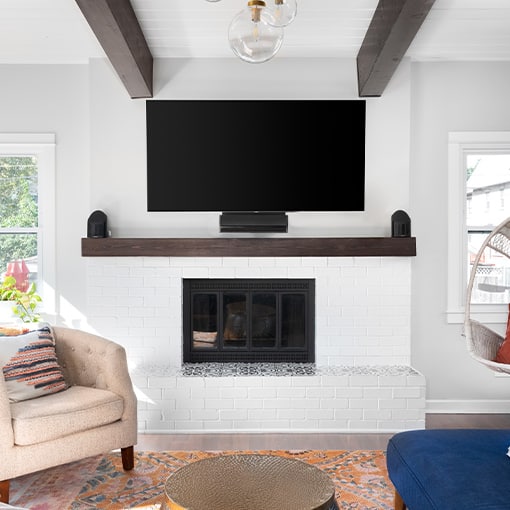
Can I Mount My Tv Above The Fireplace

Everything You Need To Know About Tv Mounts For Fireplaces

ᑕ❶ᑐ What To Consider Before Mounting A Tv Above Fireplace

Pros And Cons Of Mounting Your Tv Over Fireplace Vancouver Gas Fireplaces

Can You Put A Tv Over Fireplace Direct Fireplaces

Mounting A Tv Over The Fireplace Common Myths Busted Cepro

Mounting A Tv Above Fireplace 5 Things To Consider

ᑕ❶ᑐ What To Consider Before Mounting A Tv Above Fireplace

